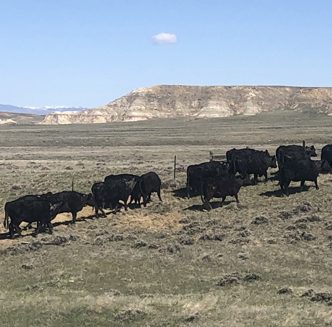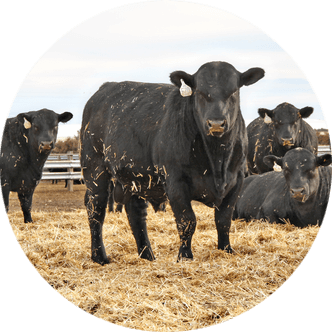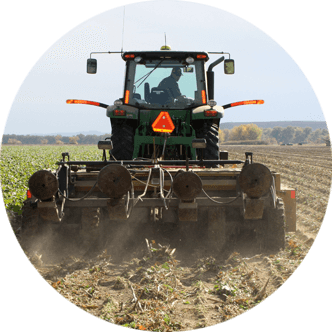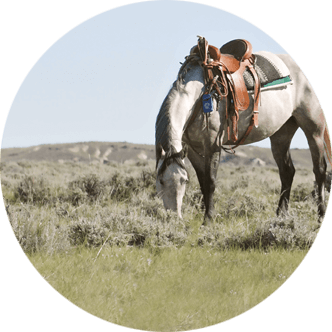Equine education: Farrier science programs are gaining traction across the U.S.
According to the American Horse Council, the horse population in the U.S. is approximately 9.2 million, and the equine industry supports 1.4 million jobs, contributing to $39 billion in direct economic impact to the U.S. economy with over 25,000 farriers working across the country.
In terms of employment, farriers make up 3.5 percent of the 700,000 people employed in the horse industry.
Due to this demand, farrier programs are becoming increasingly popular as more individuals pursue careers in the skilled trade, driven by a rise in horse ownership and recreational activities involving horses.
There are dozens of farrier schools throughout the U.S. Some are private institutions operated by an individual or team, while others are affiliated with colleges such as Sheridan College, part of the Northern Wyoming Community College District.
Sheridan College offers a Farrier Science Certificate which can be taken in conjunction with an animal science degree.
Certification program
According to the college’s website, the program is geared toward students interested in hands-on work to help them learn how to identify common foot and shoeing problems.
“Sheridan College started its farrier program in 2012,” stated Sheridan College Faculty Member and Instructor Quint Gonzales. “A good friend of mine, Steve Stephenson, a farrier from Montana and excellent educator, started the program but later retired. This is when I took over the program.”
The farrier program originally began with eight students per term but has since expanded its capacity to 12 students in 2022.
Quint states, “Students start in January with five weeks of equine anatomy, then its’s all hands-on learning from there until the program ends in May.”
The certification program consists of 18 credit hours and provides training in sound principles and applications of farrier science.
Students develop knowledge and skills in the current techniques required to maintain horse hoof and leg health. A fundamental understanding of horse anatomy and physiology will be applied throughout the program.
In addition, students are instructed on the importance of horse form, function and biomechanics starting at the hoof and working up through the whole body.
This knowledge is imperative when they are determining whether horses need corrective shoeing.
After students complete the four-month program, they are encouraged to complete the American Farrier Association’s Farrier Classification examination and to work under an experienced farrier to gain more experience.
“I encourage students to take the national exam. It’s a really great test, even if it’s not a requirement to be a farrier. It shows they care about their work,” Quint mentions. “The industry needs great farriers, and we see students from all over coming to take the course and then going back home and continuing to learn as they work as an apprentice.”
For more information about the Sheridan College farrier program, visit, sheridan.edu.
Melissa Anderson is the editor of the Wyoming Livestock Roundup. Send comments on this article to roundup@wylr.net.





